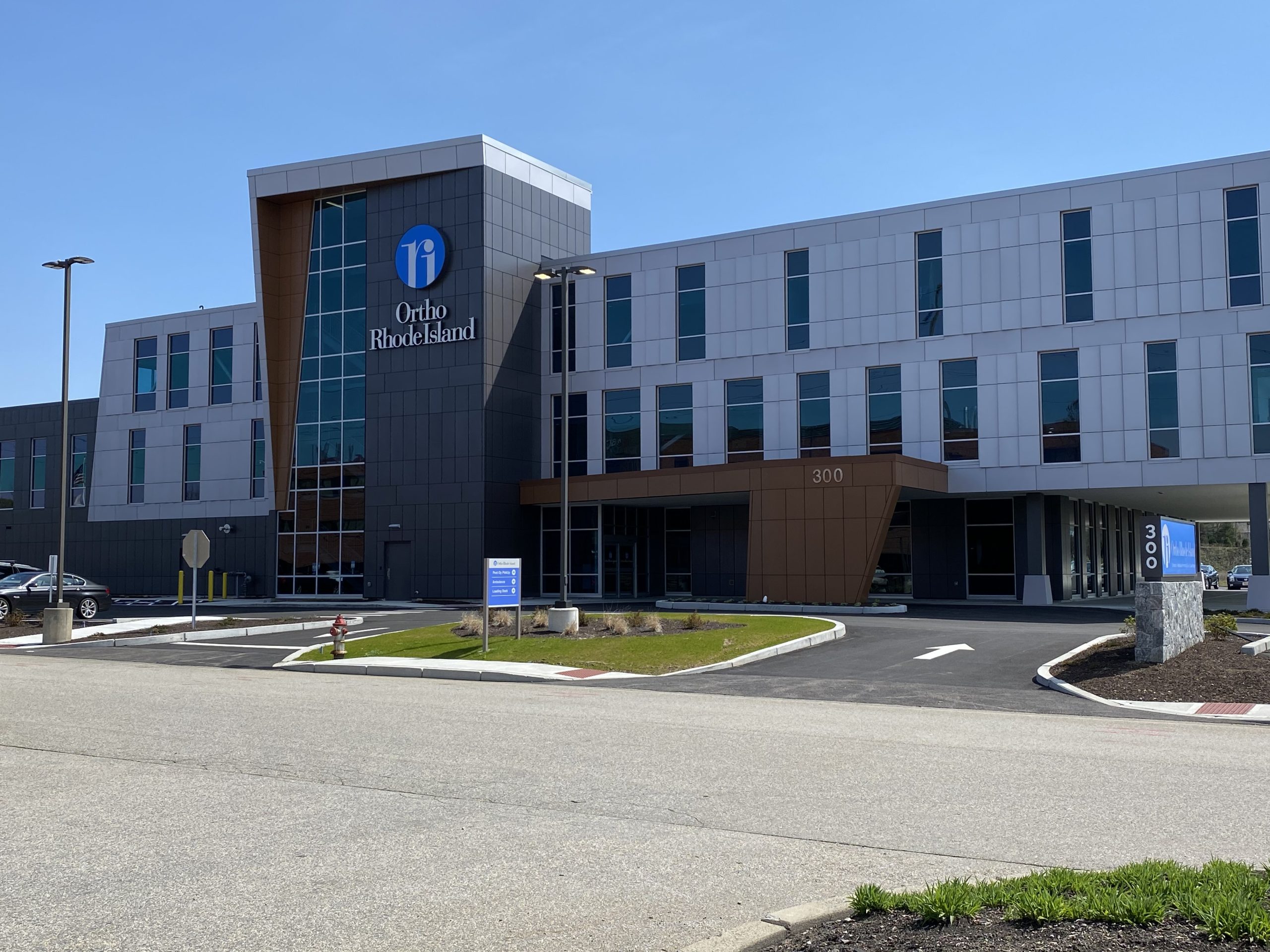Exploring the Difference Between Rainscreen Panels and Traditional Curtain Wall Systems
 When considering architectural design and construction options, builders must achieve aesthetics and functionality. Two popular options for modern building exteriors are rainscreen panels and traditional curtain wall systems. Each system has its own unique features, benefits, and drawbacks. This blog will explore the differences and which has the aesthetics and functionality that will work best for your next construction project.
When considering architectural design and construction options, builders must achieve aesthetics and functionality. Two popular options for modern building exteriors are rainscreen panels and traditional curtain wall systems. Each system has its own unique features, benefits, and drawbacks. This blog will explore the differences and which has the aesthetics and functionality that will work best for your next construction project.
Let’s Take a Look at Rainscreen Panels
What are Rainscreen Panels?
Rainscreen panels are an innovative exterior cladding system designed to protect buildings from the elements while enhancing their visual appeal. The panels contain an outer skin that protects against rain, wind, snow, and other environmental factors. Behind this skin lies a ventilated air gap, which serves as a drainage system, allowing moisture to escape and preventing it from reaching the building’s structural components.
Benefits of Rainscreen Panels
Enhanced Weather Protection: These panels are designed to keep moisture out, which is crucial for preventing water damage and mold growth within a building long-term.
Thermal Efficiency: The ventilated air gap in rainscreen systems provides an additional layer of insulation, helping to regulate indoor temperatures and reduce energy consumption.
Design Versatility: The panels come in various materials, colors, and finishes, allowing for many different design possibilities. The design flexibility makes it easier to achieve the desired aesthetic for a build.
Sustainability: Many rainscreen panel materials are eco-friendly and recyclable, contributing to sustainable construction practices.
Low Maintenance: Rainscreen panels are relatively low-maintenance, requiring periodic inspections and cleaning but avoiding extensive repairs.
Drawbacks of Rainscreen Panels
Rainscreen panels can be more expensive to install than other cladding options. However, the long-term benefits often outweigh this higher upfront cost. Ensure you budget for materials and construction costs that will invest in the long-term aesthetics and functionality of your building.
Proper installation of the panels is critical to their performance. It’s essential to hire experienced professionals for the job. Team BES focuses on quality craftsmanship above all. Our expertise and skilled craftsmen fabricate and install rainscreen panels on various builds to ensure perfection.
Exploring Traditional Curtain Wall Systems
What are Traditional Curtain Wall Systems?
Curtain wall systems are an architectural staple, particularly in high-rise buildings. These systems are characterized by large, non-structural glass or metal panels that cover the exterior of the building. Curtain walls are designed to withstand wind loads and provide excellent transparency and natural light penetration.
Benefits of Traditional Curtain Wall Systems
Aesthetic Appeal: Curtain wall systems are renowned for their sleek and modern appearance, making them a favorite choice for contemporary architecture.
Natural Light: Traditional systems maximize natural light inside buildings, using metal or glass panels to reduce the need for artificial lighting and promote energy efficiency.
Structural Versatility: Curtain wall systems can be used in architectural designs and can adapt to complex shapes and building geometries.
Drawbacks of Traditional Curtain Wall Systems
While curtain wall systems are generally weather-resistant, they are less effective at preventing moisture intrusion than rainscreen panels. Cleaning and maintaining curtain wall systems, especially in tall buildings, can be challenging and costly as well.
Which is Best for Your Next Construction Build?
The choice between rainscreen panels and traditional curtain wall systems ultimately depends on your project’s specific requirements and priorities.
If you’re in the New England area, weather protection is necessary. Therefore, weather protection, thermal efficiency, functionality, and sustainability make the panels an excellent choice. They offer superior moisture management and energy efficiency, ensuring the long-term durability of your building.
If your build needs to prioritize aesthetics and natural light, traditional curtain wall systems may be more suitable, especially for projects where weather exposure is less of a concern.
Both rainscreen panels and traditional curtain wall systems have their merits and drawbacks. To make an informed decision, consider your project’s unique needs, budget, and design preferences. Ultimately, your choice should align with your goals for creating a durable, efficient, and visually appealing structure that stands the test of time.
Rainscreen Panels & Team BES
When it comes to rainscreen panels, Team BES is proud to offer high-quality solutions that can elevate your construction project aesthetically and functionality-wise. Contact us today to learn more about how our rainscreen panels can benefit your next build: https://www.teambes.com/contact/
